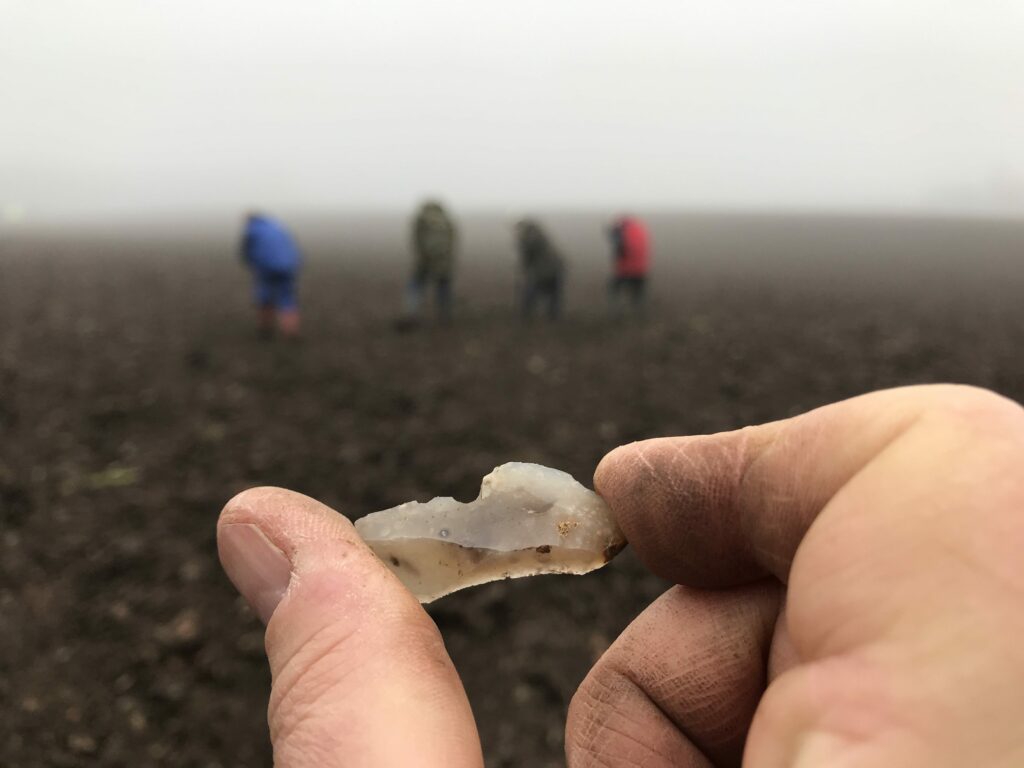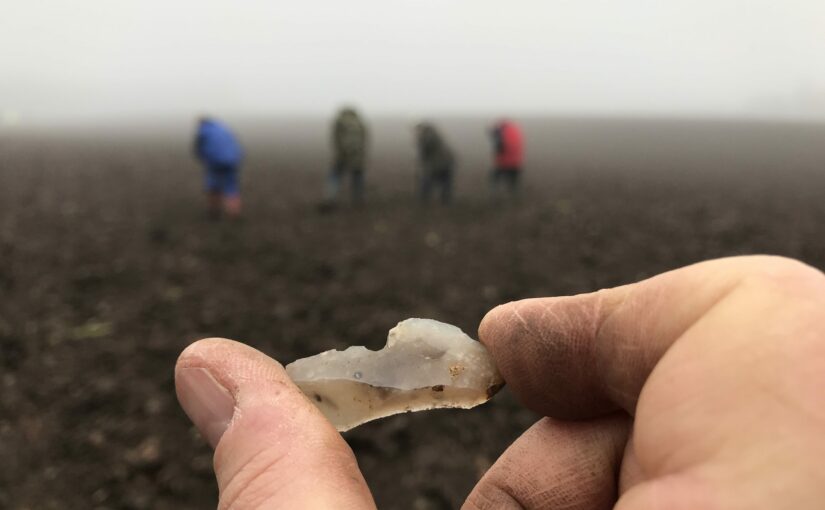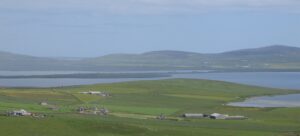Mesolithic Deeside are a voluntary community archaeology group who walk the ploughed fields along the middle reaches of the River Dee around Banchory in order to record the prehistoric archaeology by collecting worked stone from the surface of the field. In the three years from 2017 – 2019 their work resulted in the recovery of over 11,000 lithics representing at least 15 archaeological sites dating from around 12,000 BC to c.2,000 BC. Their work is exciting because it is shedding light on a period of Scottish archaeology about which very little is yet known: the Late Upper Palaeolithic right at the end of the last Ice Age. It also provides an unparalleled glimpse of the extent of human activity along the river.



You must be logged in to post a comment.